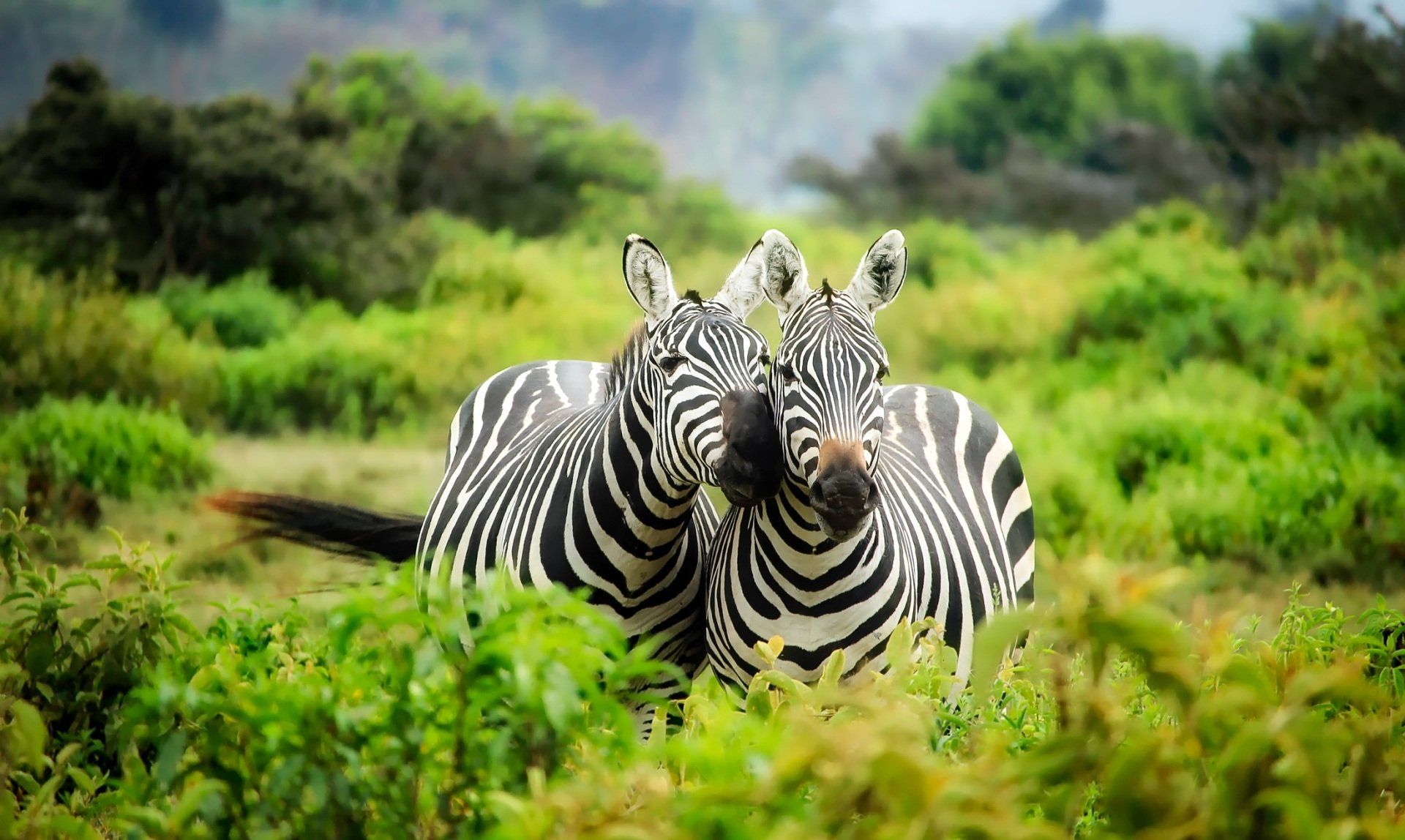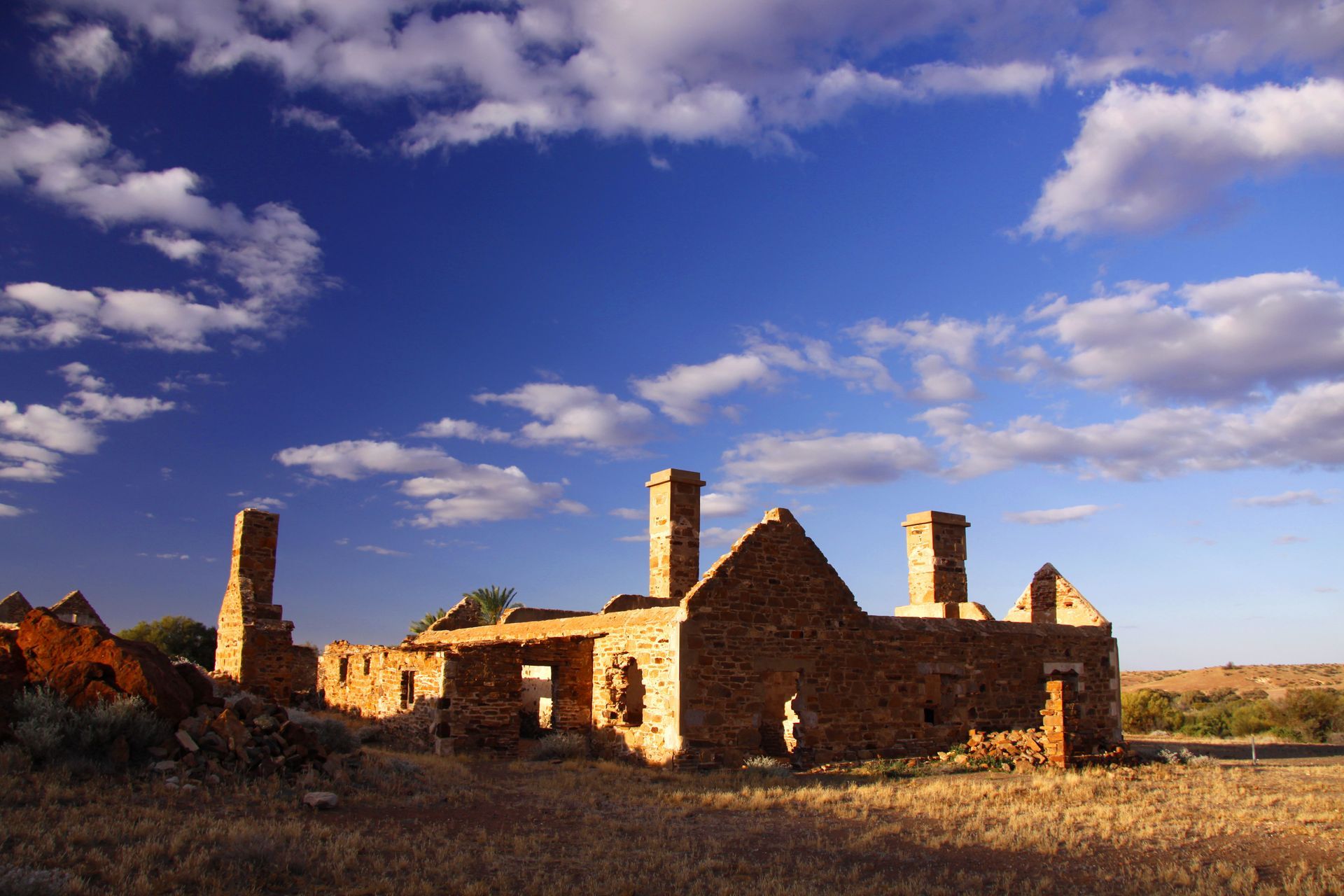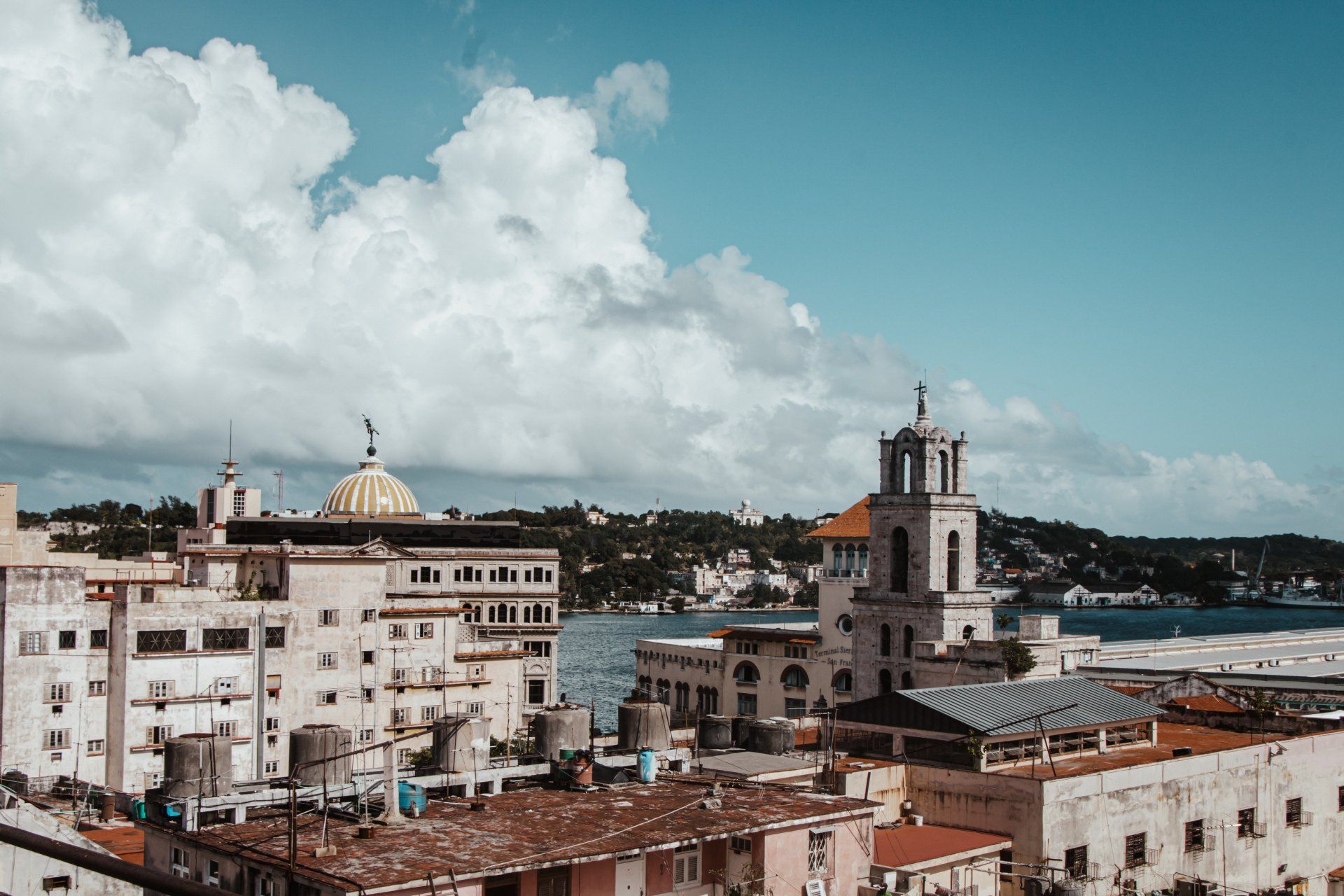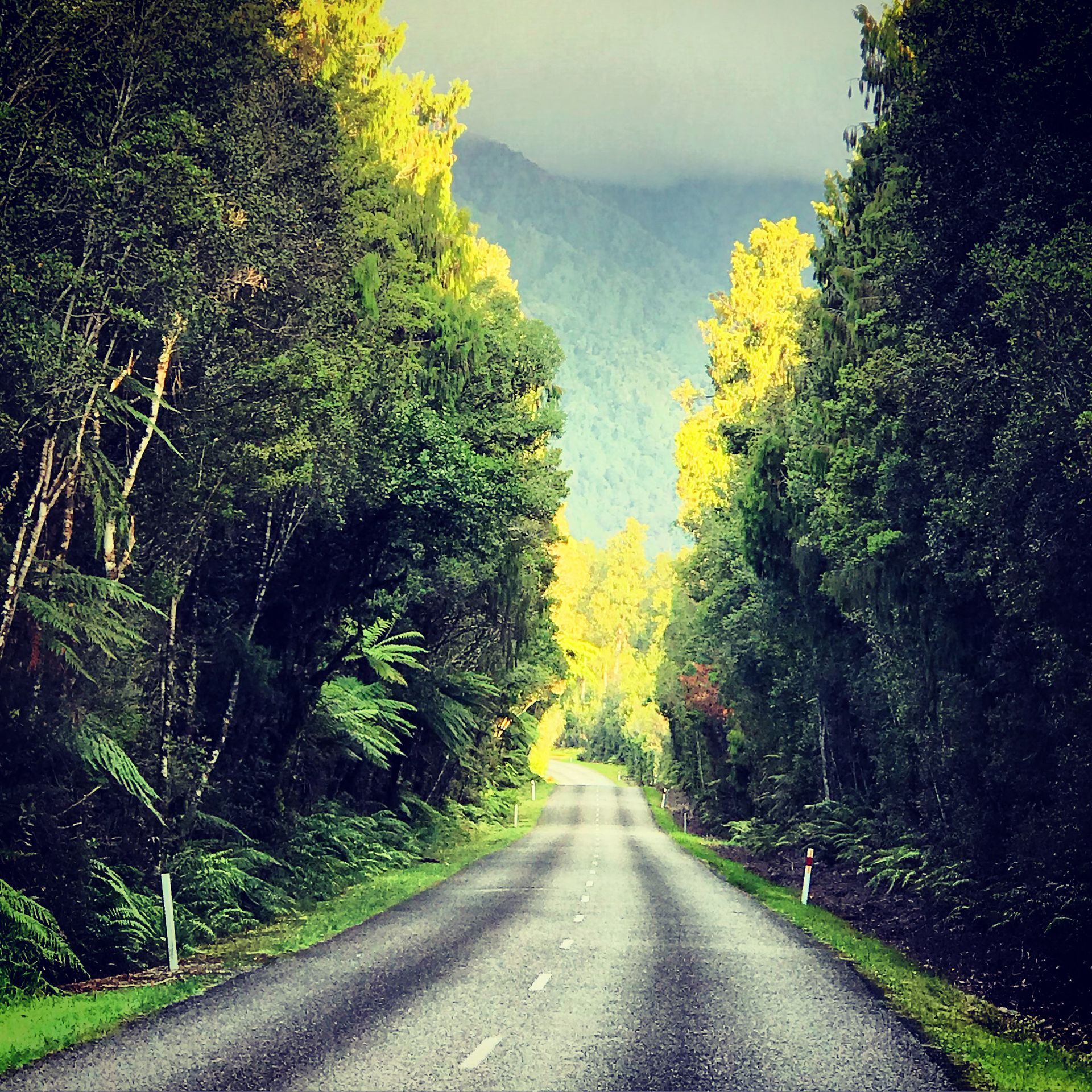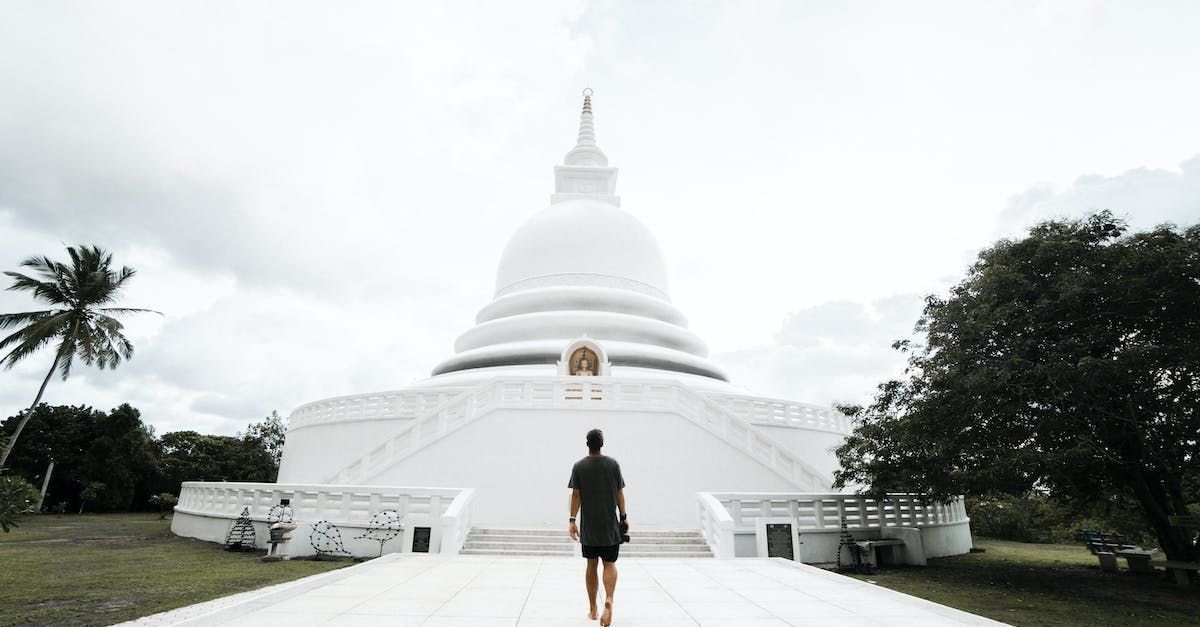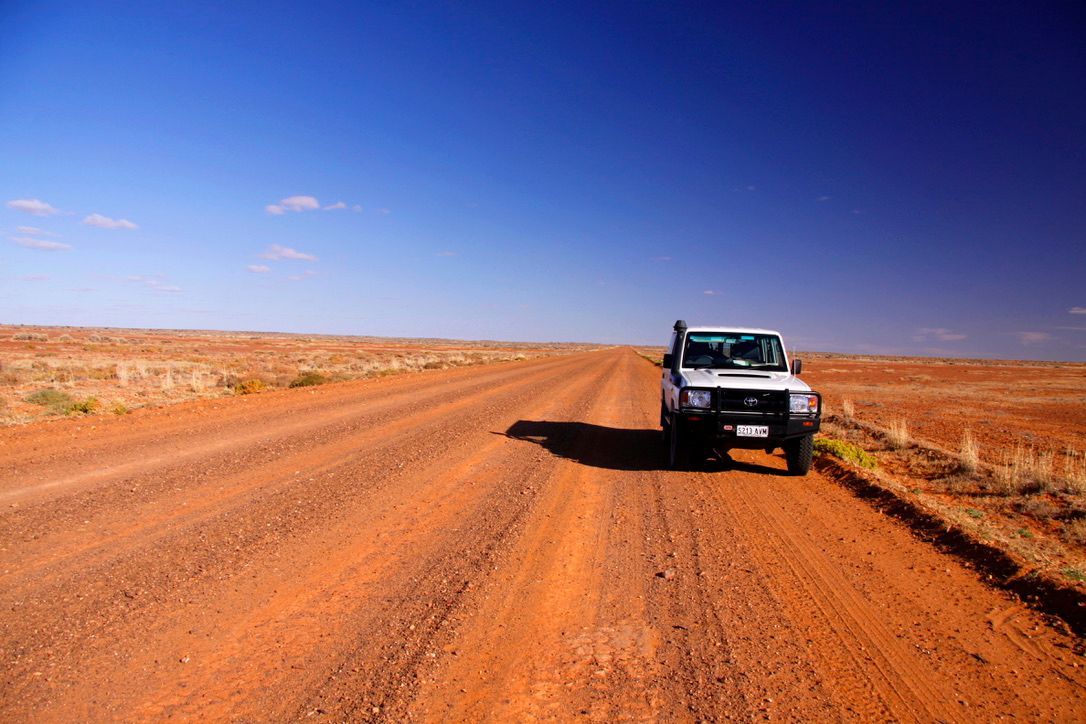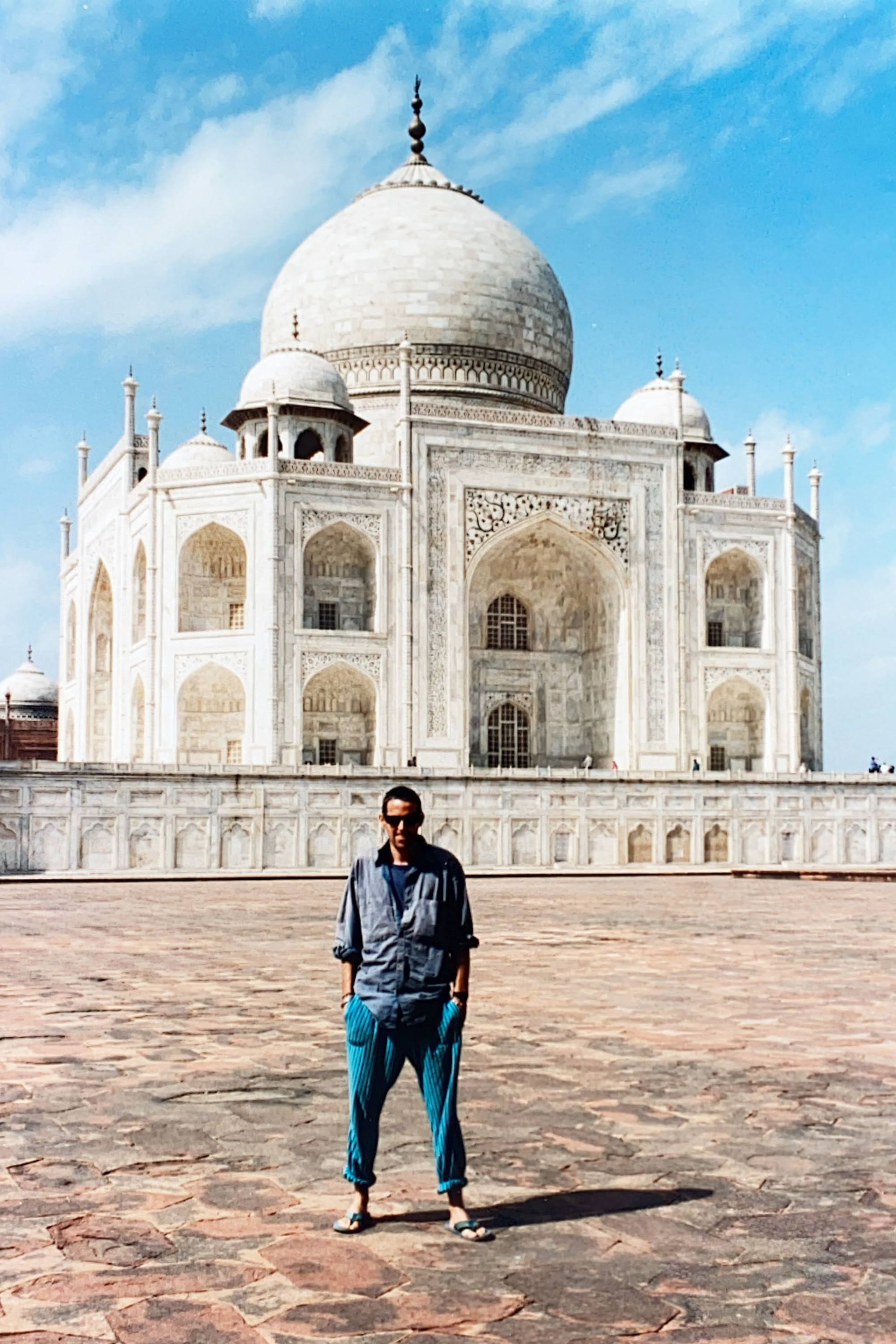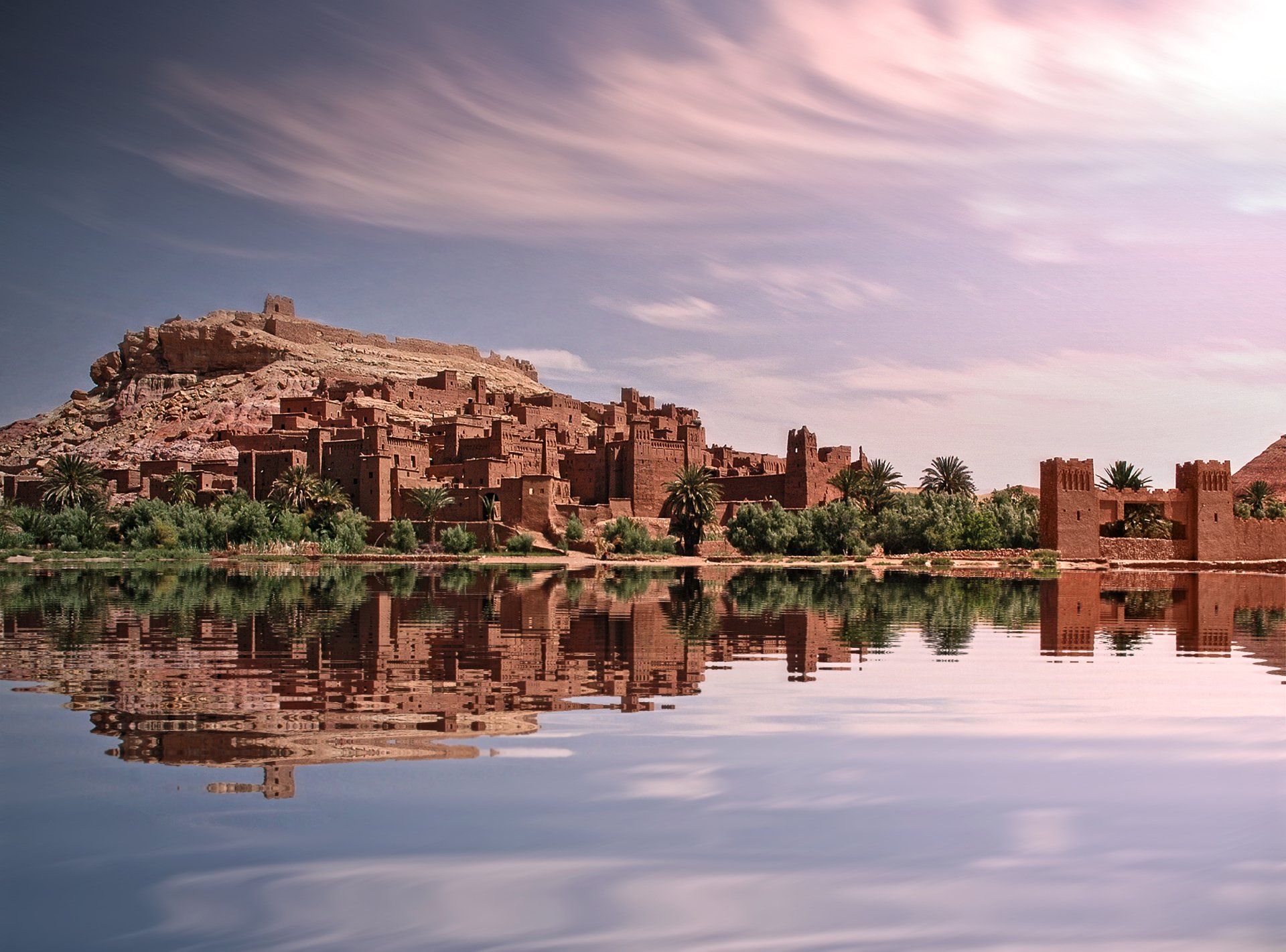And they carved elaborate effigies of the Buddha, seated and reclining, in the darkest recesses of their crepuscular, subterranean world…
North of Aurangabad, the road descends an escarpment of dusty basalt in a series of rutted, pot-holed hair-pins. My driver, Shanti, curses the government, the Prime Minister and various gods as he navigates a tenuous route down the uneven surface, dodging the biggest holes and the oncoming trucks. One thing you learn very quickly on India’s roads: no-one has right of way and everyone has right of way!
We reach the valley floor and enter a wilderness of car and bus parks. Touts descend on us offering great deals in their souvenir shops and guides to the caves. There are crows hopping about on the periphery and rubbish in the trees: the usual Indian scene.
“I will be waiting here for you,” says Shanti as I clamber from the car into the knot of touts. Helpful hands guide me towards the entrance gates. Someone presses a small piece of quartz crystal into my hand. “Come to my shop, friend,” he whispers. I tell him that I will. Later. The entrance fee for foreigners to visit the Ajanta Caves is 600 Rupees: fifteen times the price that locals pay.
When India crashed into Asia, her great burden of tholeiitic basalt, erupted from the volcanoes of the Reunion Mantle Plume (see The Great Flood Part One ) had already been solidified for millions of years. Eons passed. The sun crept across the sky day after day. The Monsoon rains scoured and shaped the basalts into deep ravines and sharp-edged ranges. The moon, another chunk of sodium-poor, tholeiitic basalt, poured its light onto the landscape. The stars slowly changed their positions as they rotated across the heavens.
Far off, in Africa, a species of primate slowly evolved into a new, highly intelligent species known as Homo sapiens. Resourceful and inquisitive, they began expanding their territory. Exploring along the coastlines, they eventually began settling in India in large numbers, creating civilisations that rose and fell, ebbed and flowed across the subcontinent.
Some of them kept moving: peopling the landmasses and island arcs of Southeast Asia and out across the great, blue, inverted universe of the Pacific Ocean. Eventually, some of them would reach a group of islands far to the south of this vast ocean. They would name these islands after the clouds draped across them: Aotearoa, the Land of the Long White Cloud. And these islands would one day also be my home.
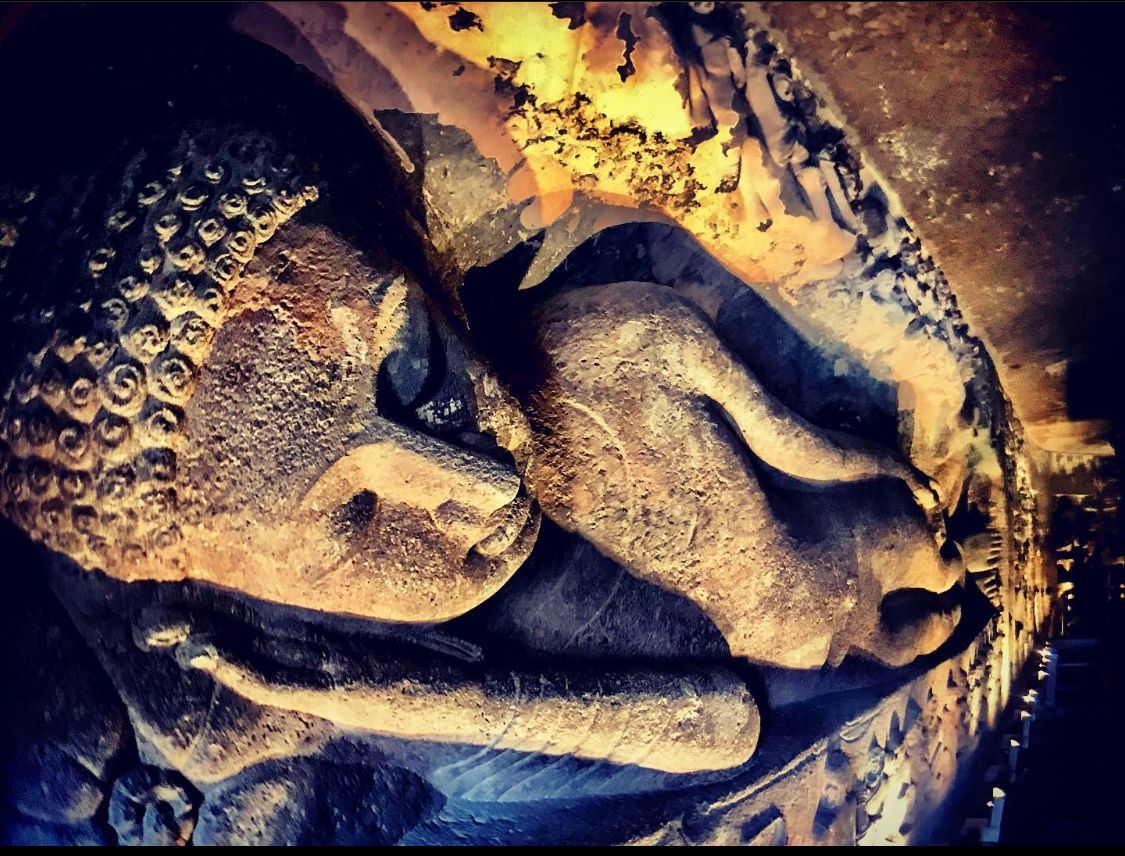
In India, religions established themselves. One of these, Buddhism, arose in the time before the birth of the Christian era. Many of its adherents were monks who sought out isolated places in which to live and to meditate on the nature of life and existence. At Ajanta, there were caves: isolated, inaccessible, quiet. These bubbles and fissures in the ancient stone of the Deccan Flood Basalts were perfect for the contemplation of the Universe. The monks set to work. With endless patience they enlarged the existing caverns. They excavated new ones. They decorated the walls and ceilings with mandalas. And they carved elaborate effigies of the Buddha, seated and reclining, in the darkest recesses of their crepuscular, subterranean world.
Beyond the ticket office, another gaggle of touts and guides await. There are wiry men with palanquins to carry the less physically able (i.e. fat) pilgrims up to the caves. I brush their advances and platitudes aside. Two flights of steps, one steep, one less so, are carved into the living rock of the valley wall. I take the steep set and ascend towards Nirvana…
(To be continued)
